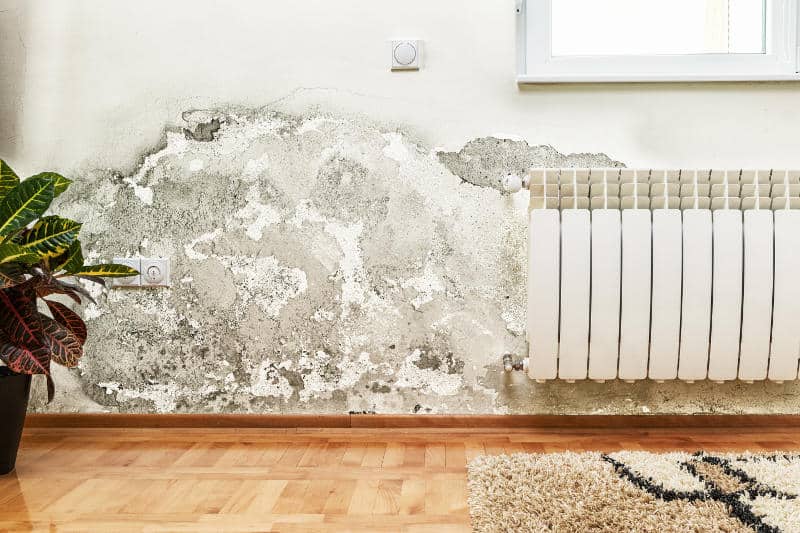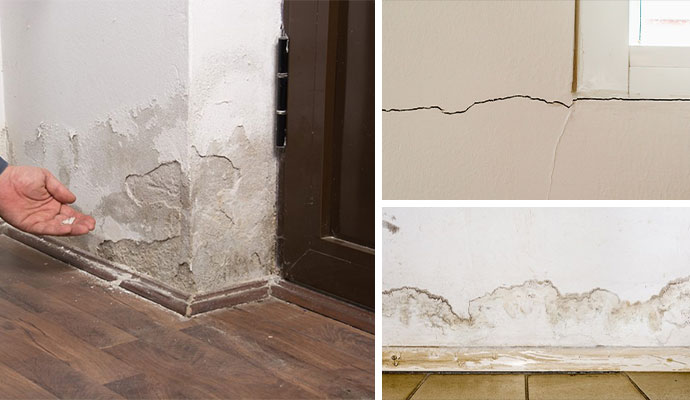Just about everyone has got their personal opinion involving How to Remove Water Stains from Walls and Ceilings.

Water spots on walls are not pleasurable to the eyes. Your residence should lack spots on the wall surfaces, roof covering, or floorings. That is the suitable state of a residence as well as its structures. Yet, sometimes it seems virtually inescapable to experience water discolorations on walls in houses.
House owners staying in moist areas continuously handle the concern of water spots on walls. But that does not need to hold true for you. With precise and also all-around details on the sources of water discolorations and also punctual repair service processes, you will certainly constantly be a step ahead of such incidents. This article assures to be a helpful overview for you.
3 Usual Reasons For Water Spots on Walls
In contrast to common belief, water stains on wall surfaces do not constantly come from inadequate building products. There are several root causes of water stains on walls. These consist of:
Poor Drain
This will protect against water from seeping into the walls. This web links to excessive wetness that you see on the walls of your structure.
So, the leading source of damp walls, in this case, can be a poor drainage system. It can likewise result from inadequate administration of sewer pipelines that run through the structure.
Moist
When warm wet air consults with dry chilly air, it triggers water droplets to base on the wall surfaces of buildings. This takes place in kitchens and bathrooms when there is steam from cooking or showers. The water droplets can stain the surrounding walls in these parts of your house and also infect various other locations.
Moist or condensation affects the roofing and also wall surfaces of structures. This causes them to appear darker than other locations of the house. When the wall is wet, it creates an ideal atmosphere for the growth of fungi and also microorganisms. These might have negative effects on health, such as allergies and also breathing problems.
Pipe Leaks
Many houses have a network of pipes within the wall surfaces. This makes certain that the pipes are faraway from the reach of destructive rodents. It constantly raises the feasibility of such pipelines, as there is little oxygen within the walls. This discourages corrosion.
Yet, a downside to this is that water leakage impacts the walls of the building as well as triggers extensive damage. An indicator of defective pipelines is the look of a water discolor on the wall surface.
Water Stains on Wall: Repair Service Tips
Property owners would generally want a quick fix when managing water spots. They would certainly quickly recognize this is disadvantageous as the water spots repeat. Here are a couple of valuable tips that will guide you in the repair of water spots on wall surfaces:
- Constantly deal with the cause of water spots on walls
- Involve the aid of specialist repair work solutions
- Method routine cleanliness as well as clear out clogged up sewer system
- When constructing a home in a waterlogged area, make certain that the workers perform appropriate grading
- Tiling areas that are prone to high condensation, such as the bathroom and kitchen, assists in reducing the accumulation of damp
- Dehumidifiers are likewise valuable in maintaining the wetness levels at bay
Pro Tip
A houseplant in your home likewise enhances its humidity. So, if your home is currently moist, you might want to introduce houseplants with marginal transpiration. An example of suitable houseplants is succulents.
Conclusion
No one wants to have water discolorations on walls in their home, it can occur to the ideal of us. This post provides you leverage, as you now recognize exactly how to manage this incident if it does happen.
It is constantly best to hire expert services to assist fix the problems in your home.
Occasionally it seems practically inevitable to experience water discolorations on wall surfaces in residences.
In contrast to prominent belief, water spots on wall surfaces do not constantly stem from bad building materials. There are several reasons of water discolorations on walls. The water beads can discolor the bordering wall surfaces in these parts of your residence as well as spread to other locations.
Right here are a few useful suggestions that will certainly lead you in the repair service of water spots on walls:
CHECKING FOR WATER DAMAGE
Water damage can be costly, and it may begin before you even notice the first signs of trouble. Water damage can cause mold and mildew in your walls and floors, which can create an abundance of health concerns for your family. It can also lead to costly repairs of various appliances and general home fixtures. To avoid the pricey consequences of water damage, here are Warner Service’s top 5 places you should check:
- The walls – The easiest place to spot the beginnings of water damage is on the walls and ceilings of your home. If water damage is present, there will most likely be water stains, especially around the windows and doorframes, and/or cracks in the drywall. If a stain looks unusual (discolored to brown, black or gray, raised texture), has a swollen appearance or is soft to the touch, contact a professional immediately.
- The pipes – To avoid water damage, consistently check the pipes in your kitchen (especially the dishwasher and ice maker), bathrooms, laundry room (specifically washing machines) and basement for corrosion, leaks and water stains. Pay special attention to where the pipes connect in your home and the location of caulking around the bathroom fixtures, including toilets, sinks, showers and tubs. Missing or loose caulking and grout could be signs of leaking water. This seepage can also quickly cause mold and rust, so double check your water heater and tank for wet spots on the floor.
- The floor – Water damage is very easy to spot on the floor. Look for any warping or buckling of the material, especially in the basement. If your home has wood flooring, look for bright white or dark stains. If your home has carpeting, keep it dry and clean. A damp carpet that smells of mold could cause water damage and health problems. To avoid this, consider installing floor pans under your appliances to help prevent damages from small, slow and undetected leaks.
- The basement and attic – If your basement or attic smells odd check for mold and mildew around the area, especially the valley where the roof meets. While you are inspecting those areas, check for wall cracks, floor stains, rust and dampness in the insulation. If you live in a colder and/or rainier climate, perform routine checks for water damage from melting snow or ice and rain.
- The exterior – Check the roof for damaged flashing and missing, cracked or curled shingles. There should also be no standing water anywhere outside your home. This could be caused by puddles, leaky rain gutters or hoses, poor drainage, or short gutter spouts. Invest in a sump pump system or water flow monitoring system, and perform routine maintenance on these outdoor appliances to avoid indoor water damage.

I hope you liked our part on How to Remove Water Stains from Walls and Ceilings. Thank you for taking time to read our blog post. Liked our blog? Please share it. Help other people locate it. I treasure reading our article about .
Overflow? Seek assistance.
Comments on “Locate and Address a Water Stain on Walls: Thorough Tutorial”